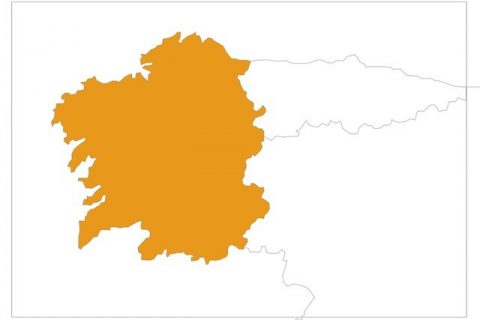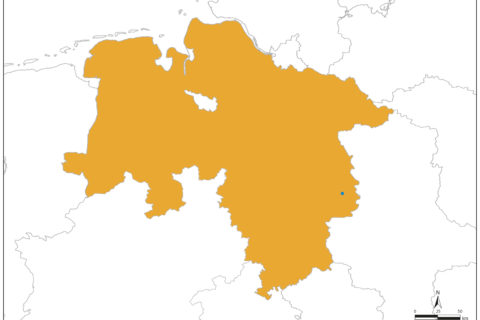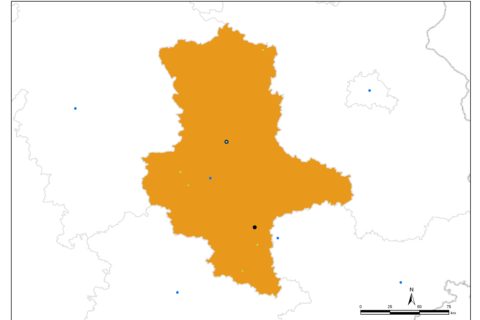Germany
The 300-year-old historical epoch in Germany is divided into early Romanesque (approx. 950-1050), high Romanesque (approx. 1050-1150) and late Romanesque (approx. 1150-1250). Saxony-Anhalt offers a host of monuments from the Middle Ages that are worth visiting as the heartland of German and European history,
The outstanding skills and abilities of the master builders from the Romanesque era are particularly reflected along the “Route of the Romanesque” running 1,000 km through Saxony-Anhalt in a northern and a southern loop. Splendid cathedrals, small parish churches, mighty castles and monasteries testify to the importance of the region, which is now Saxony-Anhalt, in the Middle Ages.
Also the beautiful small town Königslutter in Lower Saxony has plenty things to see. With its 17 communities it is a city with a relaxing atmosphere and it is an alluring destination for visitors.




